Ungersheim: A model of sustainable community transformation
- Javier Trespalacios
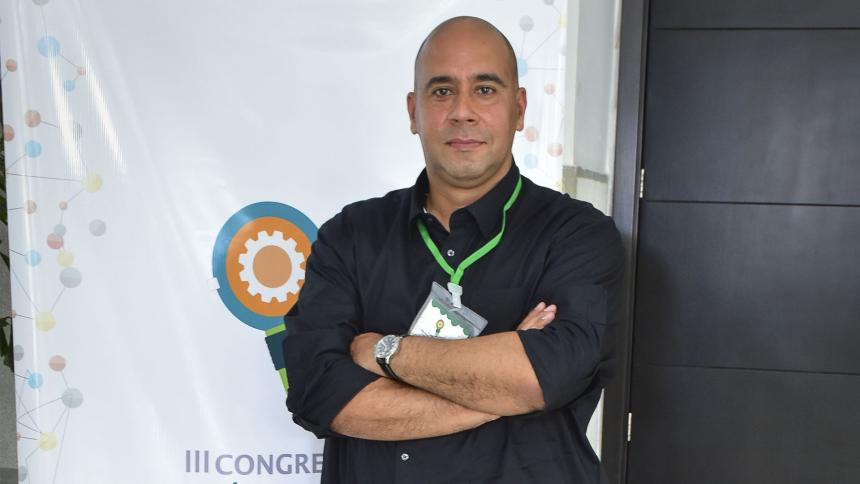
- Oct 8, 2019
- 16 min read
Updated: Aug 12
Ungersheim [1] —France—, an Alsatian municipality of 2,400 inhabitants, has become a model of ecological transition after launching in 2009 the program "21 actions for the 21st century," driven by its mayor, through an approach based on deliberative democracy [2] and oriented around three pillars: intellectual autonomy, energy independence, and food sovereignty. The transformation has generated local jobs, reduced greenhouse gas emissions, and mobilized a large part of the population in sustainable projects (Innovation in Politics Institute, 2019).
Solar field on the outskirts of Ungersheim (photo: Javier Trespalacios)
History and context
Historically, Ungersheim housed the Rodolphe potash mine [3], a mineral used for fertilizer production. Exploitation began in 1913, was restricted in 1976, and finally closed in 1980, marking a turning point in the region's economic model (BRGM, 2003).
Rodolphe potash mine (photo: Javier Trespalacios)
The transformation toward sustainability formally began in 2009, under the leadership of Jean-Claude Mensch [4] —a former miner and mayor since 1989— motivated by climate urgency and the challenge of redefining the municipality's post-industrial identity. In 2011, Ungersheim joined the international Transition Towns movement [5] and developed its program "21 actions for the 21st century" [6] (Walker et al., 2004).
The Transition Towns movement emerged in 2005 in Kinsale, Ireland, when Rob Hopkins, a permaculture teacher, and his students developed the Energy Descent Action Plan, a community plan to reduce energy consumption and increase local resilience [7] in the face of peak oil and climate change. This approach was first implemented in 2006 in Totnes, United Kingdom (Hopkins, 2010).
The Transition Process in Ungersheim: "21 Actions for the 21st Century"
It was based on three pillars —intellectual autonomy, energy independence, and food sovereignty— and was implemented progressively, with a special emphasis on citizen inclusion [8].
Unlike traditional models where sustainable development is conceived by experts and implemented vertically, Ungersheim opted for a horizontal scheme in which the community generates its own solutions, as noted by the town council: "Often, sustainable development is conceived by experts, taken up by institutions, and arrives on the ground in the form of commandments. This top-down scheme is not ours" (Mairie d'Ungersheim, 2015).
Intellectual Autonomy [9]
This is the philosophical pillar of the transition process: the ability to think and decide independently, free oneself from consumerism and advertising conditioning, as well as question and evaluate information with critical judgment to build one's own ideas and opinions (Mairie d'Ungersheim, 2015). Actions included in this pillar:
Participatory Democracy [10]: In February 2009, the Town Council created five mixed commissions —Sustainable Development, Renewable Energy, Social Cohesion, Urban Planning and Accessibility, Culture-Sports-Leisure-Water— integrating neighbors and councilors to design, debate, and validate proposals in public assemblies before their approval.
Fair Trade Territory: Since 2010, Ungersheim has held the "Territoire de Commerce Équitable" [11] seal. The "Bio Ungersheim" [12] Eco-Fair Festival is celebrated annually.
Territoires citoyens du monde [13]: In 2011, the commune joined this international network of municipalities committed to global solidarity and peace.
"Sortir du nucléaire" Forum: Held in 2011, it brought together neighbors, municipal technicians, and renewable energy experts to discuss the viability of an energy model based on clean sources.
Local Currency "Le Radis": Launched in 2013 with value comparable to the euro, which has boosted local commerce and strengthened ties between businesses, producers, and associations. Its savings model works like this: users automatically deposit a small percentage of their unspent Radis in a collective fund; these resources are used to finance community projects —for example, the family daycare promoted by the Town Council— ensuring that wealth remains in the municipality and strengthening its response capacity to crises (Mairie d'Ungersheim, 2015).
Municipal Biodiversity Atlas: In 2011, a participatory inventory was launched to develop a Municipal Biodiversity Atlas [14], recording habitats and documenting more than 4,800 animal and plant species, and compiled about 300 neighbor contributions on birds, insects, trees, and herbaceous plants, all georeferenced and represented in thematic maps that facilitate planning of conservation actions (Mairie d'Ungersheim, 2011a; Mairie d'Ungersheim, 2011b).
Rehabilitation of Mining Wasteland [15]: The former potash extraction areas were renaturalized through landscape recovery and the creation of trails accessible to the public. These actions were integrated into the "Awareness Trail on Transition," an educational 2.8 km route that connects emblematic places such as a school garden, an organic farm, and a hill with views of the "Bio-territory" [16]. The initiative combines environmental education, enhancement of natural heritage, and strengthening of the citizen connection with the ecological transition process (Koninckx, 2019).
Community participation and exchange event (photo: Javier Trespalacios)
Energy Independence
The second pillar focuses on transforming the energy model, reducing dependence on fossil fuels, and betting on renewable energies and energy efficiency. The actions are:
Installation of solar thermal energy (120 m²) on the roof of the municipal swimming pool since 1999.
Implementation of the largest solar power plant in Alsace, Hélio-Parc 68 (2.3 MWp), inaugurated in December 2012, which supplies the equivalent of 800 homes. Also noteworthy is the photovoltaic installation at the Écomusée d'Alsace (2.5 MWp) [17], which generates about 2,600 MWh annually.
Construction of a 540 kW biomass boiler with a heat network that supplies 7 municipal buildings, including the swimming pool.
Energy Efficiency: Program for renovation of public buildings, modernization of lighting with LED technology (decreasing energy expenditure by 40%), and advisory for homes.
Energy Diagnosis Campaign for public buildings and implementation of energy-saving recommendations. Launch of the energy-saving challenge with schools and associations. Campaign to encourage public-private photovoltaic development.
Bioclimatic Housing: In 2005, the commune acquired 24 hectares in the Champré domain to create the Eco-Hamlet "Le Champré," an ecological village inspired by the BedZED model in London [18] that groups ten passive houses with a maximum consumption of 15 kWh/m²·year, wooden structure, straw insulation, and renewable energy systems; this initiative promotes the use of low environmental impact materials, energy efficiency, responsible water and waste management, local production, and fosters social cohesion and carbon footprint reduction (Mairie d'Ungersheim, 2019).
Elimination of Chemical Products: Since 2006, Ungersheim has completely eliminated the use of plant protection products and chemical fertilizers in gardening, green spaces, and sports fields. Starting in 2008, it implemented the "Zero Pesticides" program in all public spaces, replacing synthetic pesticides with ecological methods such as manual and thermal weeding. These actions have made it possible to protect biodiversity, improve public health, and establish an exemplary environmental management model, recognized with the "Natural Commune" distinction with 3 dragonflies [19], the highest award given by the Water Agency (Mairie d'Ungersheim, 2015).
Replacement of Cleaning Products: In January 2008, the Town Council replaced petrochemical cleaning products with a 100% certified ecological and biological line in all municipal buildings, after approving specifications that required recognized labels such as Ecocert [20]; the measure included the revision of supply contracts and specific training for maintenance staff, in order to minimize the impact on aquatic ecosystems and improve the healthiness of public spaces.
Sustainable Mobility: Since 2008, the municipality has offered free school transportation with a horse-drawn carriage, saving 4,600 km annually by car. The three horses employed also participate in irrigation and agricultural work (Nunes, 2018). In addition, the commune was integrated into EuroVelo 5 and the Véloroute du Vignoble d'Alsace, with a 37 km stretch of bike paths that links the Écomusée d'Alsace with Ensisheim, promoting bicycles as a sustainable means of transportation (Metropole et Agglomeration de Mulhouse [M2A], 2019). Since 2015, the municipality has prioritized the acquisition of low-emission vehicles in its fleet (France, 2015).
Hélio-Parc 68 photovoltaic plant (photo: Javier Trespalacios)
Food Sovereignty
The third pillar seeks to develop a local, ecological, and resilient food system that integrates the entire value chain "from seed to plate." The five actions in this area are:
Implementation of 100% Organic School Meals: Since 2009, the municipality's childcare service has offered a completely organic menu, including snacks every day of the week.
Les Jardins du Trèfle Rouge: Inaugurated in 2011 on 8 hectares provided by the Town Council and integrated into the Cocagne network [21], they combine agroecological production and socio-labor action by employing twenty people in insertion itineraries that rotate between seedbeds, cultivation, harvesting, and logistics. Each year they generate almost 30 tons of seasonal vegetables —from tomatoes and zucchini to kale leaves— which are distributed in 400 weekly baskets in about twenty nearby municipalities, promoting local consumption and short circuits.
Conditioning of a Vegetable Processing and Conservation Center: In 2015, the municipal sports pavilion was converted into a vegetable processing and conservation center, with vacuum packaging equipment, sterilization autoclave, and cold storage. The center transforms the surplus from Les Jardins du Trèfle Rouge into canned soups and purées. In addition to offering training itineraries and labor insertion to six people, the center produces up to 800 jars weekly, supplying both school catering and the local market. This circular economy system prevents the loss of approximately 20% of the harvest, reusing vegetable remains in composting (Mairie d'Ungersheim, 2015; OEP, 2018).
Ecological Collective Kitchen: Certified by Ecocert at its third level [22], this kitchen, operational since 2014, supplies 70 neighboring localities with the delivery of 500 daily menus in less than thirty minutes. It employs ten people in socio-labor insertion itineraries and maintains a human scale compared to industrial catering, ensuring the quality, freshness, and traceability of ingredients (Mousson Citoyenne, 2016).
Kohlacker Farm or "Maison des Natures et des Cultures": This multifunctional space integrates agricultural, educational, and cultural activities. Its construction began in 2013 through a participatory and voluntary process, using traditional techniques such as wooden structures and clay and straw filling. The building, in a ring shape, houses facilities for reception, washing, conditioning, and preservation of vegetables, as well as a maltery-microbrewery and a pedagogical center for staff training and community activities. In addition, part of the building serves as a dining room and training room for employees of the local horticulture company and is available for activit
Example of shared meal (photo: Javier Trespalacios)
Other implementations were also carried out:
"Ordonnance Verte" Program: An innovative aspect of the food sovereignty policy is the "Ordonnance Verte" (Green Prescription) program, which offers a weekly basket of organic fruits and vegetables to pregnant women from the third month of pregnancy until the birth of the baby. It also includes educational workshops on the benefits of organic food during pregnancy (Mairie d'Ungersheim, n.d.).
Citizen Participation: Key to Success
Since 2009, participatory democracy has underpinned Ungersheim's transition model, starting from the premise that "intellectual autonomy and participatory democracy are not decreed, but built in every moment" (Mairie d'Ungersheim, 2015). This approach allows the visions of inhabitants to be understood, overcoming barriers and ensuring that projects reflect the real desires of the community. The collaborative methodology strengthens social ties and promotes a sense of belonging, as expressed in the municipal motto: "We want citizens to free themselves from their consumerist ties, to decide together and take care of their natural, social, and LOCAL heritage" (Mairie d'Ungersheim, 2015).
Awards and Recognition
The project has been recognized for its innovative practices in environmental democracy with the Trophées de l'Innovation in 2013 (Multi-Monde EN). In 2019, it was a finalist in the Innovation in Politics Awards in the "Ecology and Democracy" category (The Innovation in Politics Institute). The locality has also been featured in various documentaries and films that highlight its model of sustainability and citizen participation.
Ungersheim's Actions Related to the SDGs
The model of sustainable community transformation addresses multiple Sustainable Development Goals (SDGs) of the 2030 Agenda. Below are some of the SDGs involved and the specific actions that link them:
SDG 2 - Zero Hunger: Promotes food sovereignty through local production of organic food. Initiatives such as Les Jardins du Trèfle Rouge, which generate vegetables distributed in weekly baskets, and the ecological collective kitchen that supplies 70 neighboring localities, contribute to ensuring access to nutritious and sustainable food.
SDG 5 - Gender Equality: The "Ordonnance Verte" program also promotes gender equality by providing access to organic food and education on nutrition to pregnant women, contributing to their empowerment and well-being.
SDG 7 - Affordable and Clean Energy: Ungersheim has invested in renewable energies, such as the installation of solar thermal energy in the municipal swimming pool and the construction of the Hélio-Parc 68 solar power plant. These actions reduce dependence on fossil fuels and promote sustainable access to energy.
SDG 11 - Sustainable Cities and Communities: The creation of bioclimatic housing in the Eco-Hamlet "Le Champré" and the rehabilitation of mining wasteland for the creation of educational trails are examples of how Ungersheim transforms its urban environment towards greater sustainability and resilience.
SDG 12 - Responsible Consumption and Production: The implementation of the local currency "Le Radis" promotes the circular economy and responsible consumption by encouraging local commerce and financing sustainable projects within the community.
SDG 13 - Climate Action: Energy efficiency initiatives, such as the renovation of public buildings and the modernization of lighting with LED technology, contribute to the reduction of greenhouse gas emissions, supporting the fight against climate change.
SDG 15 - Life on Land: The municipal biodiversity atlas and the rehabilitation of mining wasteland for the creation of educational trails are actions that promote biodiversity conservation and the restoration of local ecosystems.
SDG 16 - Peace, Justice, and Strong Institutions: Participatory democracy and the creation of mixed commissions that integrate neighbors and councilors strengthen local governance and promote citizen participation in decision-making, promoting more inclusive and transparent institutions.
SDG 17 - Partnerships for the Goals: Collaboration with international networks such as "Territoires citoyens du monde" and participation in the Transition Towns movement demonstrate Ungersheim's commitment to global cooperation for sustainable development.
SDGs 2, 5, 7, 11, 12, 13, 15, 16, 17 (United Nations)
Conclusions
Thanks to a clear political vision, active citizen participation, and a comprehensive approach, Ungersheim has transformed its mining past into a living laboratory of sustainability. Its pillars —intellectual autonomy, energy independence, and food sovereignty— have made it possible to face challenges such as climate change and resource depletion, while generating local employment, social cohesion, and a sense of belonging.
The distinctive feature of the process has been the constant involvement of citizens through mixed commissions, participatory budgets, and deliberative forums. This horizontal governance has strengthened trust in local institutions, ensuring that decisions respond to the true needs of the territory. Far from being imposed, the transition has been built from the bottom up, with community roots and shared knowledge.
Furthermore, the model highlights the human dimension of sustainability, articulating freedom and equity with fraternity [23] as a central value. The latter materializes in solidarity actions: sharing resources, caring for the most vulnerable, protecting the common environment, and strengthening intergenerational bonds.
Often, sustainable development is conceived by experts, taken up by institutions, and arrives on the ground in the form of commandments. This top-down scheme is not ours...
*****
Notes
[1] Ungersheim is an Alsatian village in France that has become a laboratory of ecological transition, standing out for its innovative models in energy, food, and social cohesion.
[2] Deliberative democracy is a model of collective decision-making based on open dialogue, rational argumentation, and informed citizen participation before reaching a consensus or vote.
[3] The Rodolphe Mine is a former potash mining complex (1911–1976) that today is industrial heritage and a tourist attraction, showing historical exploitation techniques.
[4] Jean-Claude Mensch, former mayor of Ungersheim, was key in implementing the municipality's ecological transition model; a former miner and union delegate, he was elected mayor in 1989 and has been re-elected for six consecutive terms, driving the ecological reconversion of the municipality.
[5] International Transition Towns Movement: It is a global network of communities, both urban and rural, that are taking a proactive approach to building resilience in the face of climate change challenges, resource scarcity, and economic instability. Inspired by the work of Rob Hopkins, the movement is based on local action, community creativity, and the search for sustainable solutions in areas such as energy, food, transportation, and the economy.
[6] The "21 actions for the 21st century" form a comprehensive strategic plan oriented toward sustainable transformation through initiatives in renewable energies, agriculture, waste management, environmental education, and citizen participation. Inspired by the Energy Descent Action Plan (EDAP) of Kinsale —the first community plan designed to guide the transition to a low energy consumption and high resilience model in the face of peak oil—, this approach proposes concrete actions in key sectors such as food, housing, education, economy, and tourism. The EDAP, created through participatory workshops and prospective analyses, was consolidated as an international reference for the Transition Towns movement, giving rise to similar plans in Totnes and other communities around the world.
[7] Resilient communities are those capable of anticipating, adapting, and recovering quickly from challenges and changes, maintaining their social cohesion, infrastructure, and long-term well-being.
[8] Citizen inclusion is the process by which it is ensured that all individuals, regardless of their origin, gender, orientation, socioeconomic status, or any other characteristic, have equal opportunities to actively participate in the political, social, and economic decisions of their community.
[9] Intellectual autonomy is a person's ability to think, reflect, and make decisions independently, based on their own judgment and critical reasoning, without relying excessively on external influences. It involves the ability to question, analyze, and evaluate information objectively, allowing the construction of one's own ideas and opinions.
[10] Participatory democracy is a model of governance in which citizens not only exercise their right to vote but also actively participate in the design, discussion, and making of political and social decisions. This approach promotes inclusion, public deliberation, and direct community involvement in governmental processes, seeking to improve the representativeness and effectiveness of policies.
[11] The Territoire de Commerce Équitable (Fair Trade Territory) is an initiative that promotes the creation of a geographical or community space where commercial practices are based on principles of social, economic, and environmental justice. This model seeks to ensure that producers, especially in developing countries, receive a fair price for their products, improve their working conditions, and contribute to the sustainability of their communities. Additionally, it promotes responsible and conscious consumption in local and international markets.
[12] The Eco-Fair Festival "Bio Ungersheim" is an annual event in Ungersheim, France, that promotes sustainability, fair trade, and biodiversity, offering activities, workshops, and exhibitions on responsible practices in various areas.
[13] Territoires citoyens du monde is a program that promotes active citizen participation in building solidarity, sustainable, and inclusive communities, focusing on values such as social justice, education, and international cooperation.
[14] A Municipal Biodiversity Atlas is a collaborative tool that gathers, maps, and systematizes information about the fauna, flora, and habitats of a municipality, based on participatory inventories and validated by experts, in order to guide the management, conservation, and enhancement of its natural heritage.
[15] Friches minières (in French) or mining wastelands in English, are abandoned or degraded lands as a result of mining activities, generally after the closure of operations.
[16] The term "Bio-territory" refers to a territory that has been transformed following principles of ecological sustainability, local autonomy, and citizen participation, integrating agroecological practices, renewable energies, sustainable mobility, and circular economy. In the case of Ungersheim, the "Bio-territory" is a comprehensive vision of the municipality as a living ecosystem, where all actions are interconnected to reduce the ecological footprint and reinforce community resilience.
[17] The Ecomusée d'Alsace, an open-air museum in Ungersheim, preserves and exhibits the rural culture of Alsace through the reconstruction of traditional buildings, offering an immersive experience in regional heritage.
[18] BedZED (Beddington Zero Energy Development) is a pioneering residential complex in sustainability, inaugurated in 2002 in Sutton (London), designed to be carbon neutral through very well-insulated housing, solar orientation, renewable energy systems (photovoltaic panels and biomass), collection of grey and rainwater, and materials with a low ecological footprint; its comprehensive approach to energy efficiency and circular economy has served as a global reference for sustainable urbanism projects.
[19] The "Commune Nature" distinction from the Agence de l'Eau Rhin-Meuse recognizes municipalities that completely eliminate chemical treatments in their public spaces to protect water quality and promote biodiversity; it is organized in three levels of excellence, represented by 1, 2, or 3 dragonflies, with three dragonflies being the highest recognition for differentiated management of green spaces, restoration of ecological corridors, and safeguarding of water resources (Agence de l'Eau Rhin-Meuse, n.d.; Région Grand Est, n.d.).
[20] Ecocert is a certification body founded in France in 1991 that validates and guarantees that agricultural, cosmetic, and cleaning products meet international standards for organic production and sustainable practices.
[21] The Cocagne network is an association of ecological gardens that promotes the socio-labor insertion of people at risk of exclusion through the production and distribution of organic vegetables.
[22] Ecocert at its third level. This distinction represents the highest standard of the "En Cuisine" seal, which implies that at least 50% of the products used are biological, in addition to complying with ten additional criteria linked to sustainability, such as waste management, transparency in purchases, and the promotion of local and healthy products (Ecocert, 2019).
[23] Fraternity refers to a feeling of brotherhood, solidarity, and union among people, based on the idea that all human beings form a community and must support each other. In a social or political context, it implies cooperation, respect, and mutual care, seeking common well-being and equality. In a broader sense, fraternity is also related to the concept of empathy and support for others, regardless of their origin or situation.
[I] Just transition is an approach that ensures a change towards a sustainable and inclusive economy, protecting labor rights and supporting vulnerable communities, in favor of social equity.
[II] Social cohesion is manifested in the sense of belonging, the sharing of values, and mutual trust, which promotes equal opportunities and collective well-being.
[III] Environmental democracy is based on ensuring informed and effective participation in environmental decisions, providing access to information, participation in decision-making processes, and environmental justice, as reflected in Ungersheim's local initiatives.
[IV] Holistic sustainability integrates in an interdependent manner the environmental, economic, and social dimensions, promoting interventions adapted to each context through the use of local resources and an equitable distribution of power.
[V] Socio-ecological transitions involve profound reconfigurations in key systems such as energy, food, and mobility, combining technological, institutional, and cultural changes. They are based on innovation niches that allow experimenting with solutions to achieve a balance between stability and adaptation in the face of complex challenges.
[VI] Social innovation drives transformations in relationships and behaviors to address unmet needs, based on complex systems theory. This approach highlights the synergy between various actors and facilitates adaptive solutions that balance stability and evolution in challenging socio-environmental contexts.
Bibliographic References
Agence de l'Eau Rhin-Meuse. (n.d.). Commune Nature. Retrieved from https://www.eau-rhin-meuse.fr/commune-nature
BRGM. (2003). Inventory of waste and residues from the Alsace potash mines. Bureau de Recherches Géologiques et Minières.
Ecocert. (2019). The "In Kitchen" reference standard. Retrieved from https://www.ecocert.com/fr-FR/certification/cuisine
France. (2015, August 17). Law No. 2015-992 of August 17, 2015 on energy transition for green growth. Official Journal of the French Republic. Retrieved from https://www.legifrance.gouv.fr/affichTexte.do?cidTexte=JORFTEXT000031044385
Grodwohl, M. (2016). The "House of Natures and Cultures" of Ungersheim, a poetic transmitter, a political signal. Retrieved from https://www.marc-grodwohl.com/patrimoine-ethnologique/maison-natures-cultures-d-ungersheim-emetteur-poetique-signal-politique
Hopkins, R. (2010). Transition Handbook: From oil dependency to local resilience. Écosociété.
Innovation in Politics Institute. (2019). Ungersheim – a Municipality in Transition [Finalist 2019]. https://innovationinpolitics.eu/showroom/project/ungersheim-a-municipality-in-transition/
Koninckx, G. (2019). Ungersheim's transition paths: Being sucked into the chaos of crises or taking paths of resilience. Acta Europeana Systemica, (8), 307-317. Retrieved from https://ojs.uclouvain.be/index.php/AES/article/download/56483/53003/89273
Le Monde. (2013, January 2). In Alsace, a laboratory for the post-oil era. https://www.lemonde.fr/planete/article/2013/01/02/en-alsace-un-laboratoire-de-l-apres-petrole_1812011_3244.html
Magazine Oui! (n.d.). Ungersheim, autonomous from field to plate. Retrieved from https://magazine.laruchequiditoui.fr/albums/ungersheim-village-autonome-champ-a-lassiette/
Mairie d'Ungersheim. (2015). The Red Clover Gardens & the ecological central kitchen: from seed to plate. Ungersheim Town Hall. Retrieved from https://www.mairie-ungersheim.fr
Mairie d'Ungersheim. (2015). Ungersheim Village in Transition: Initiatives for the development of a local and fraternal economy (2nd ed.). https://www.mairie-ungersheim.fr/village-en-transition-1/
Mairie d'Ungersheim. (2019a). The 21 actions for the 21st century. https://www.mairie-ungersheim.fr/la-transition/les-21-actions/
Mairie d'Ungersheim. (2019b). Eco-Hamlet Champré – On the road to a healthy and sustainable "Zero carbon" house. https://www.mairie-ungersheim.fr/la-transition/eco-hameau/
Metropole et Agglomeration de Mulhouse [M2A]. (2019, June). Potash Basin Loop [PDF]. M2A. Retrieved from https://www.m2a.fr/wp-content/uploads/2019/06/2018-circuit-a-velo-decouverte-du-bassin-potassique.pdf
Mon Panier Bio. (2018, January 30). Jardins d'Icare & Jardins du Trèfle Rouge: Organic, local and solidarity baskets in Alsace! Retrieved from https://www.mon-panier-bio.com/distributeur/jardins-dicare-jardins-du-trefle-rouge-paniers-bio-locaux-et-solidaires-en-alsace/
Mousson Citoyenne. (2016, February). The 21 actions of Ungersheim. Retrieved from https://moussoncitoyenne.wordpress.com/ungersheim/les-21-actions-dungersheim/
Nunes, M. (2018, November 27). School transportation by horse, municipal market gardener: visit to the most eco-friendly village in France. RMC. Retrieved from https://rmc.bfmtv.com/actualites/sciences-nature/ramassage-scolaire-a-cheval-maraicher-municipal-visite-du-village-le-plus-ecolo-de-france_AV-201811270402.html
OEP. (2018). Comparative Analysis about Local and Sustainable Food Systems (LSFSs). EduClocalFood. Retrieved from https://www.educlocalfood.eu/medias/files/comparative-analysis-about-lsfs.pdf
Région Grand Est. (n.d.). "Commune Nature" Initiative. Retrieved from https://www.grandest.fr/preserver-biodiversite/proteger-nature/commune-nature-2/
Reporterre. (2015, December 15). Ungersheim, a village where ecological transition mobilizes the entire society. https://reporterre.net/Ungersheim-un-village-ou-la-transition-ecologique-ne-convainc-pas-tous-les
Walker, G., Hunter, S., Devine-Wright, P., Evans, B., & Fay, H. (2004). Harnessing community energies: Explaining and evaluating community-based localism in renewable energy policy in the UK. Global Environmental Politics, 7(2), 64-82.
Bonus track
Photos by Javier Trespalacios







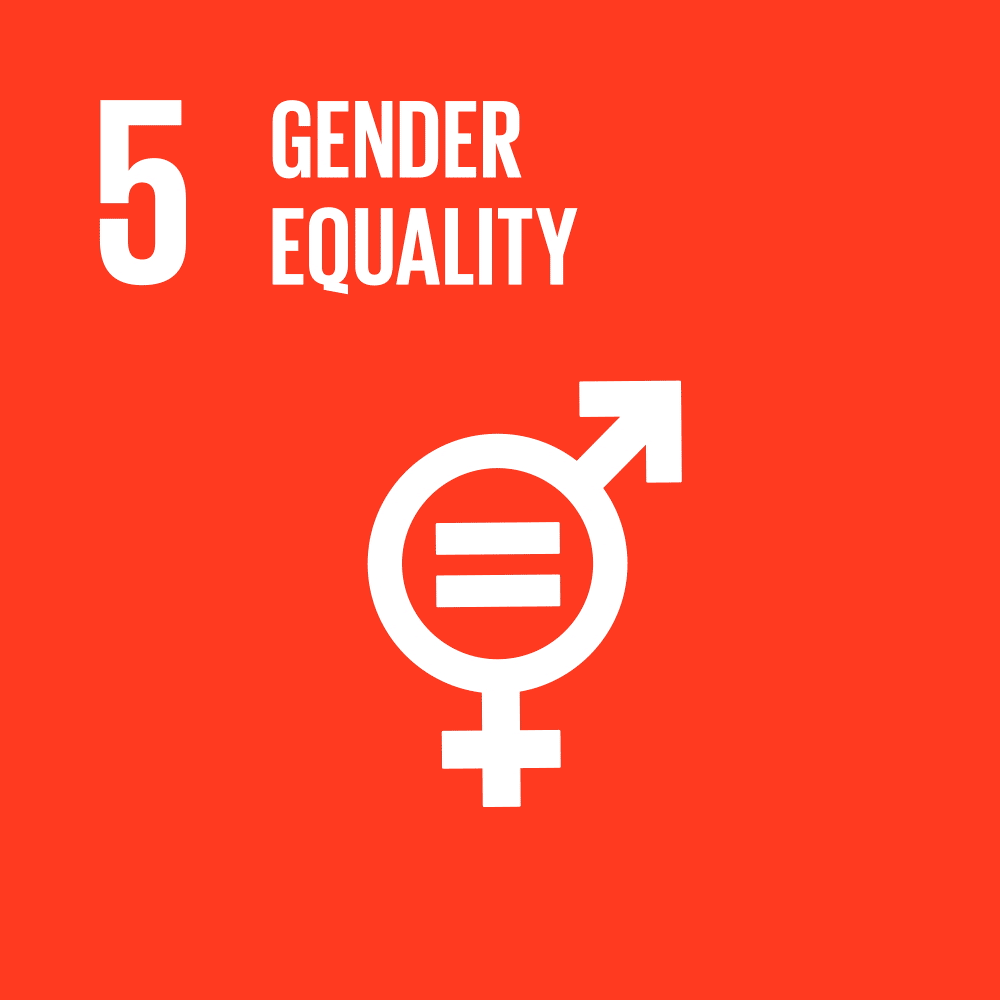
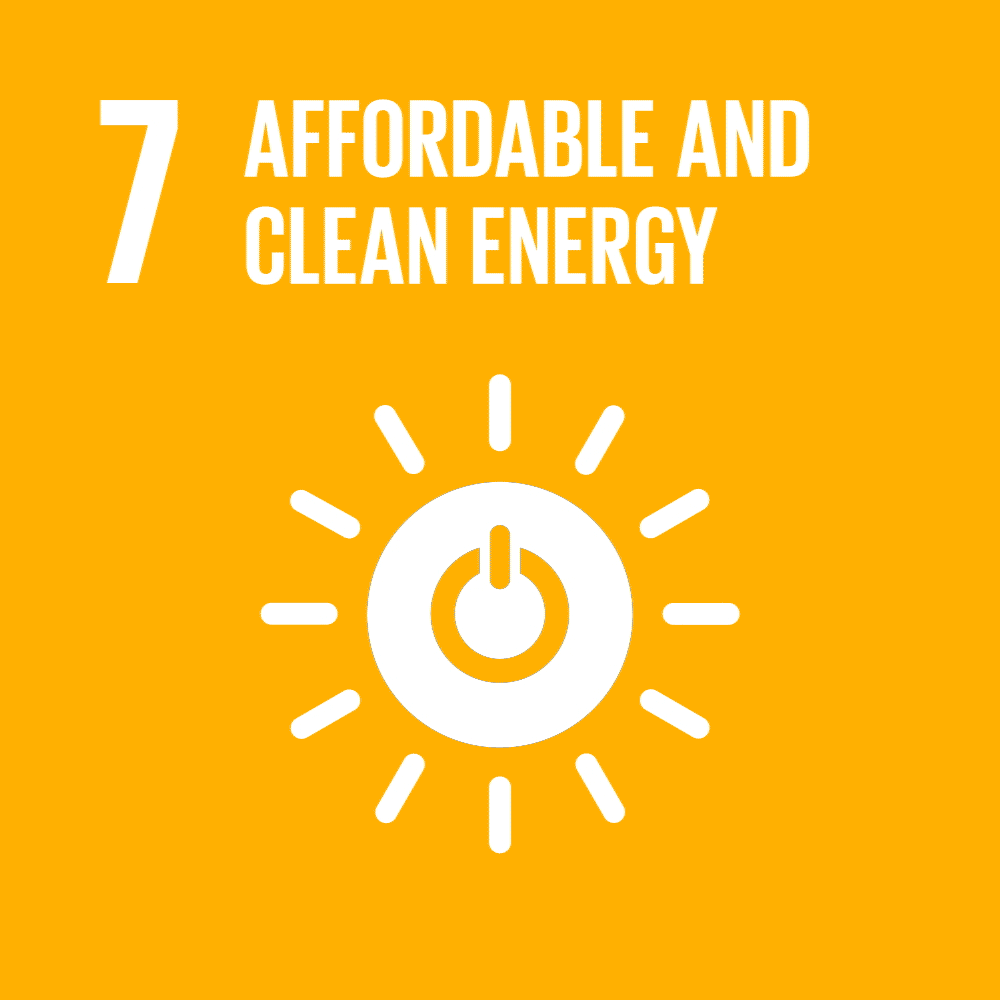

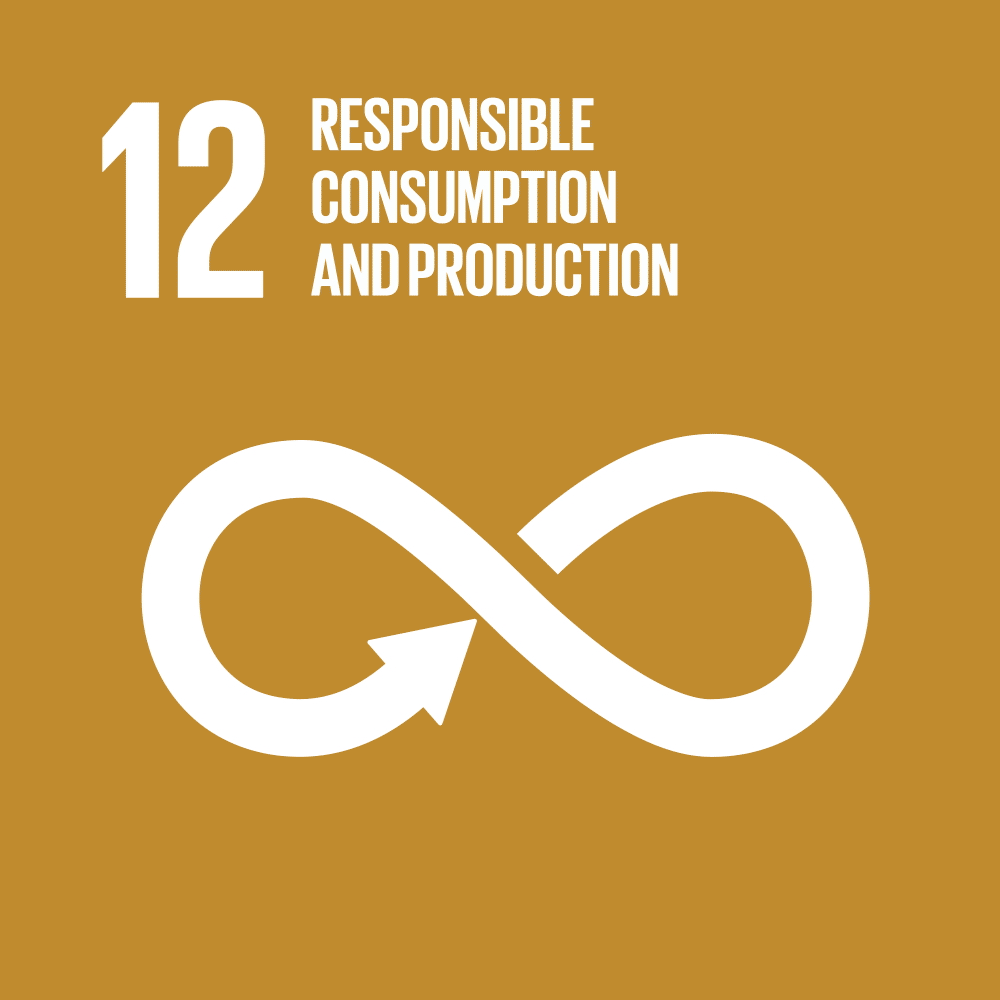
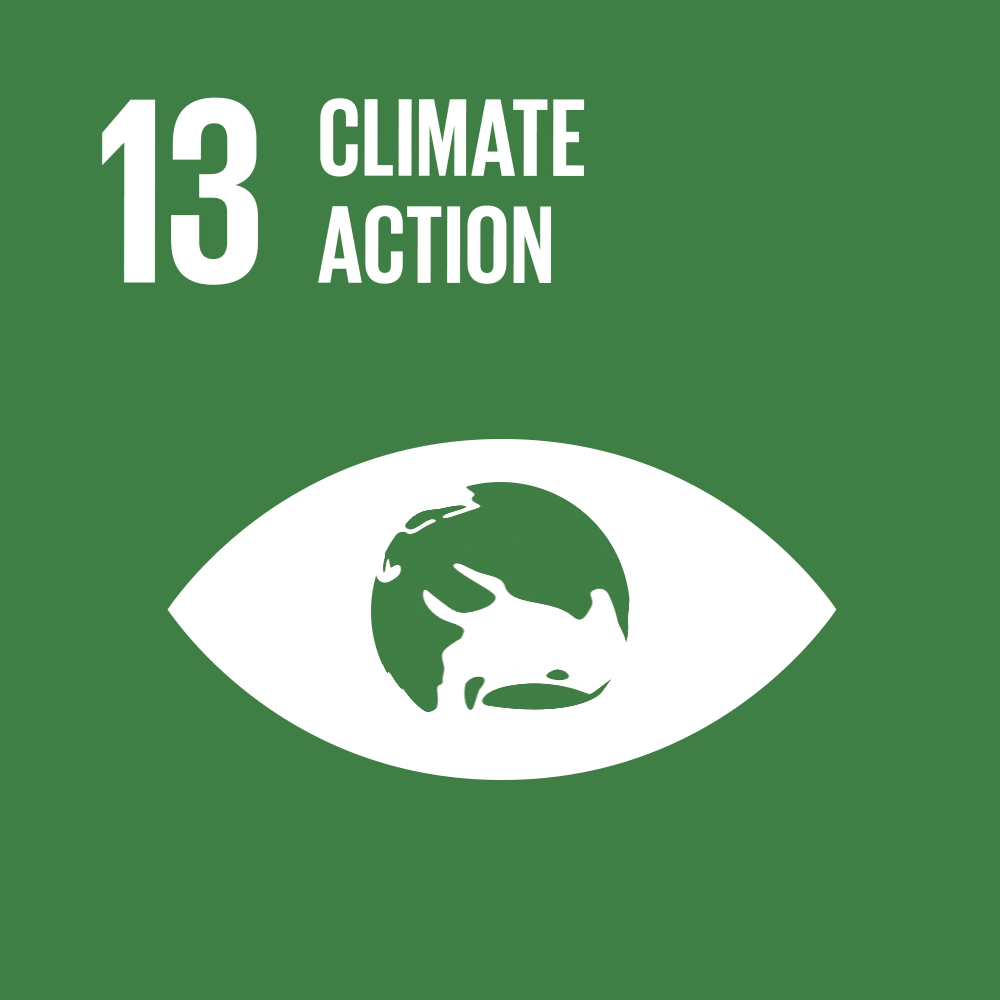
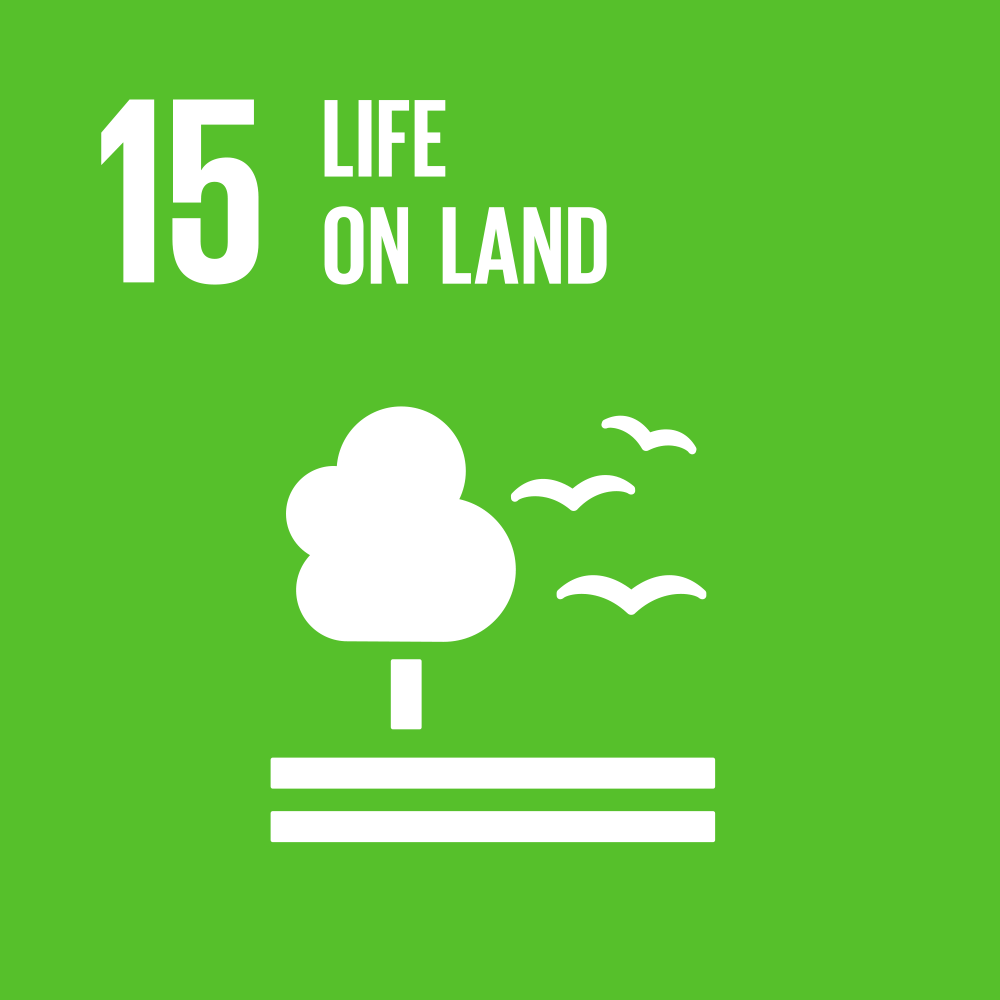

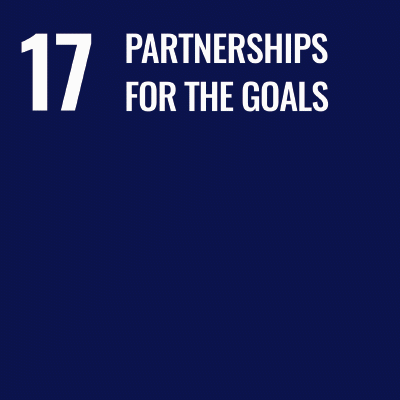











Comments